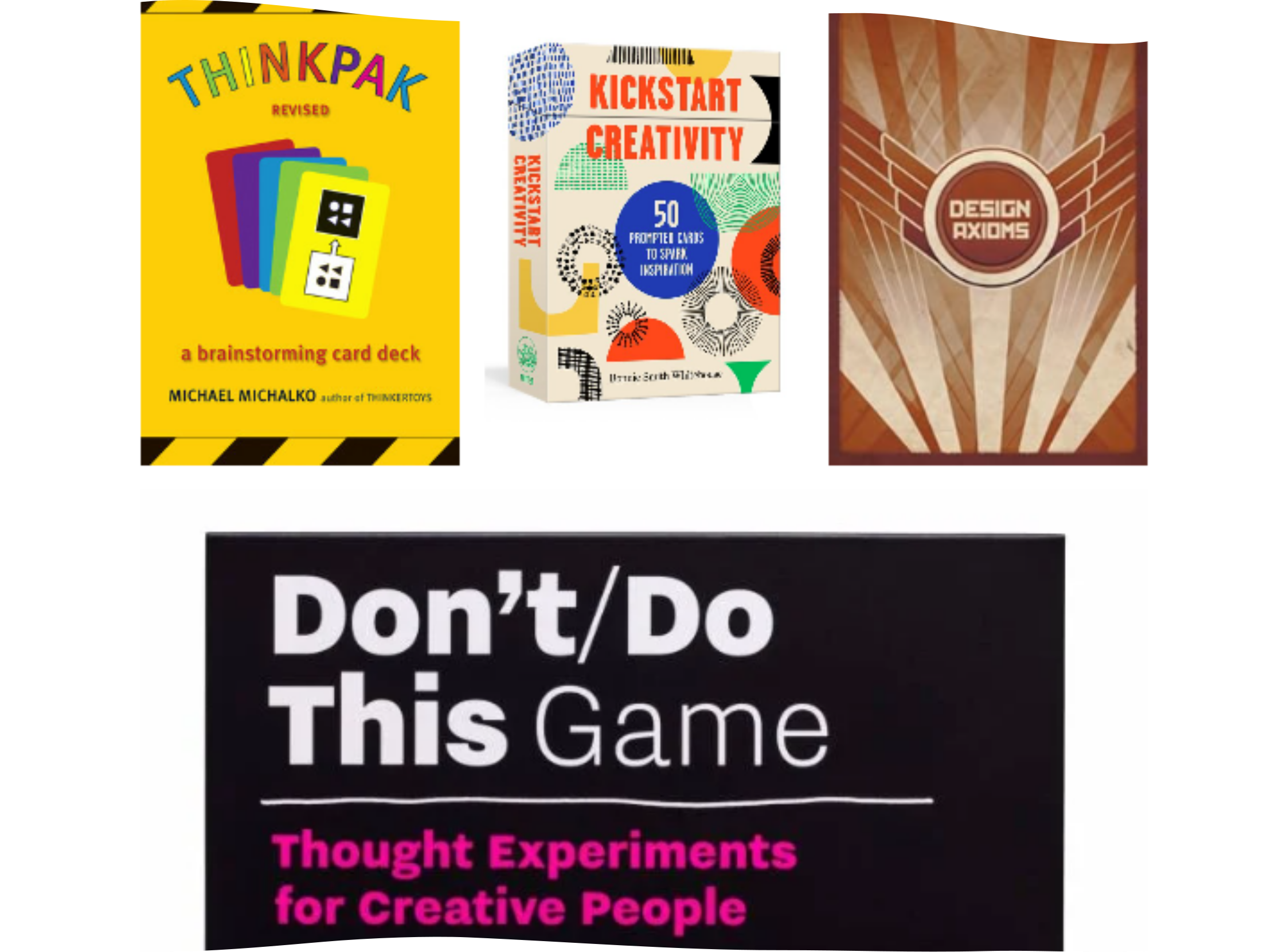Experience Wildcards are a tool that inspires divergent thinking when designing educational experience – to approach person-centred design from new angles. Tools, such as Experience Wildcards, are valuable as they challenge designers ideas and disrupt their practices offering new avenues for inquiry.
The project started from an crude idea and resulted in the development of a card deck with six categories that outline various educational contexts as well as accessibility, psychological, and preferential considerations.
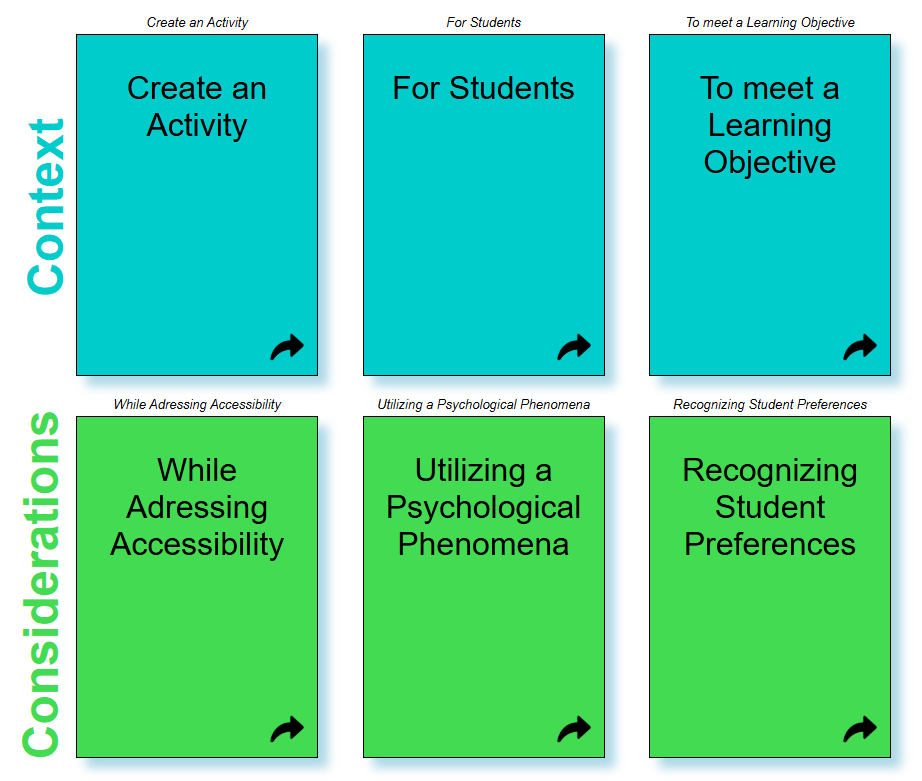
Screenshot of the Experience Wildcards online prototype.
Try it out here
Problem
Designing educational experiences is inherently complex due to the multitude of components and variables involved.
As a student of the Master of Educational Technology1 program at the University of British Columbia, I had the opportunity to design a course based on my personal inquires.2 I found advisors and proposed my course which was titled ETEC 580: The Learning Cookbook. I sought out to explore the multitude of aspects of experiential learning.
This particular project, Experience Wildcards, is just one part of my entire course, and focused on how educational experiences are designed. Could a step-by-step process be developed to make the design of educational experiences easy? Does a set of ingredients or processes exist that can be combined to develop learning moments that are active and engaging? My goal was to create a method for designing educational experiences that was both structured and flexible, allowing educational designers to experiment, iterate, and refine their activities while remaining aligned with learning objectives. I inadequately envisioned this project to take on a form similar to a set of recipes, thus it was initially titled: ‘The Cookbook’.
My course schedule allowed for only two weeks to complete this individual project consisting of research, developing the tool, and presenting it to my course instructors.
Action
Understanding the philosophies for such a tool is the first step. This branched into two key areas of research: the principles of education and the process of design.
Education
- Which pedagogies support active or experiential learning?
- What considerations are there for an educational environment (i.e. accessibility)?
- Are there standards or consistent components or processes in education?
Design
- How is design conducted?
- Are there many processes for educational design?
- Is there a best process for educational design?
In my exploration of designing something as intricate as an educational experience, I quickly realized that a step-by-step process fails to honour its complexity and potential. Educational design is not a simple selection process; it thrives on creativity and adaptability. I envisioned a more dynamic approach—a tool that fosters a transitional space, not as a rigid recipe but as a tool to spark unexpected ideas. This led me to create an open-ended, non-linear card set, intentionally vague to provide designers with the flexibility and freedom to innovate.
I got inspired in my research by Brian Eno and Peter Schmidt’s Oblique Strategies3, a card deck that pushes creativity and has been used with musicians for decades to create world renowned songs.
A digital adaptation of Oblique Strategies by Matt Ruten.4
I explored other creativity cards.
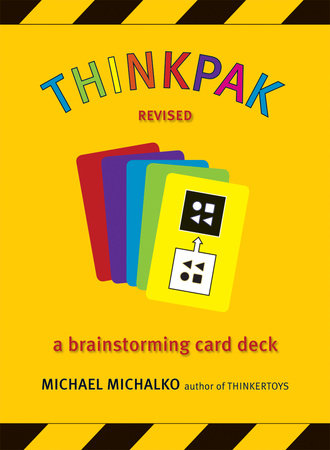
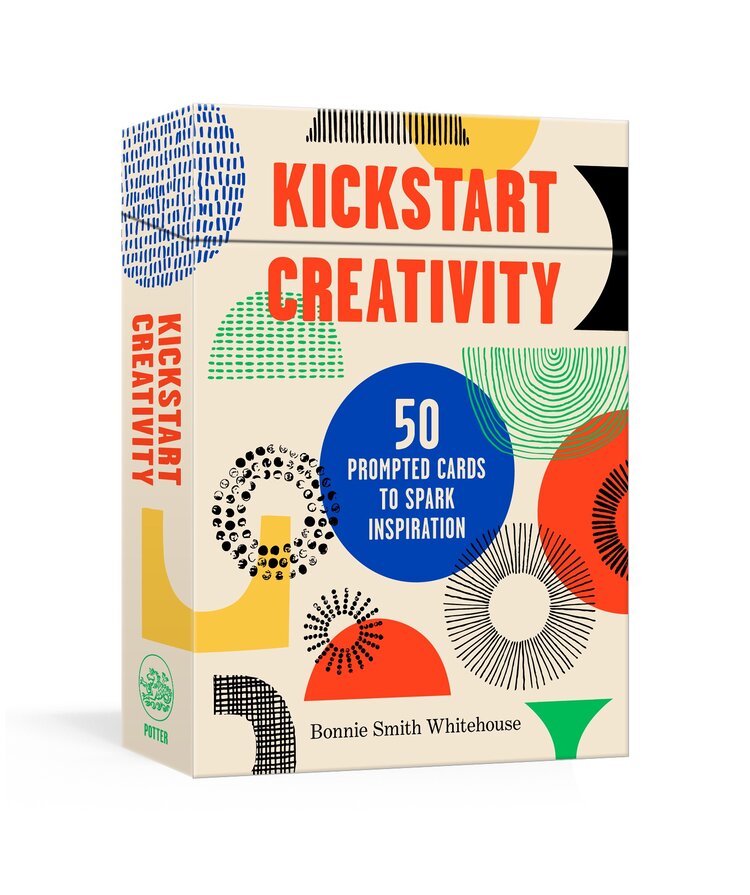
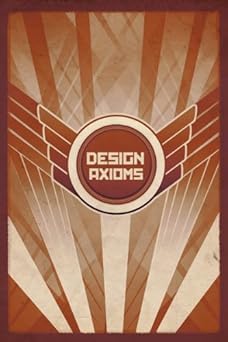
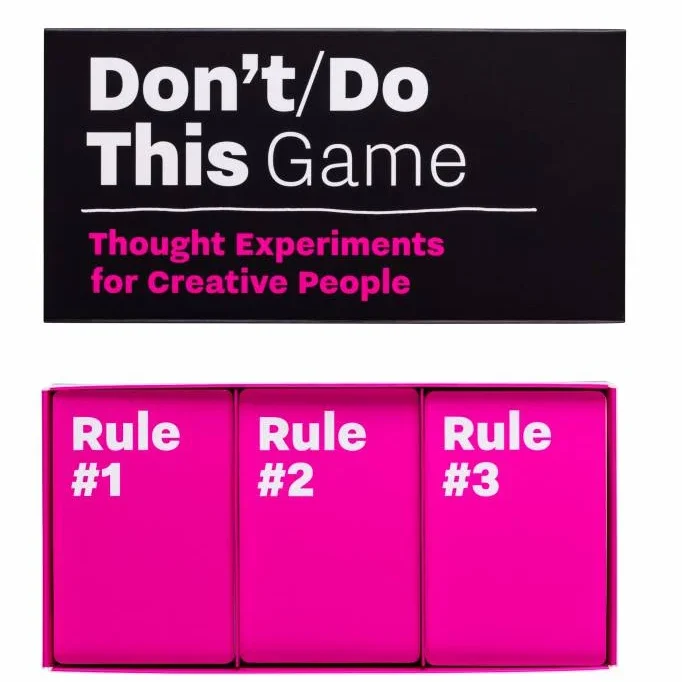
I landed on a structure inspired by Don’t/Do This Game8, utilizing multiple card decks, each tailored to different contexts and considerations in educational design. Six key categories emerged: three that define the context of an educational experience — activity, student demographics, and learning objectives — and three that address essential considerations — accessibility, psychology, and student wants. The categories and prompts were thoughtfully designed, drawing inspiration from:
- common teaching techniques and pedagogies,
- Bates’ issues related to students for media and technology9,
- McCarthy’s 4MAT learning framework10,
- the results of a survey asking thousands of people why they visit a museum11,
- curricular competencies in BC curriculum for Grade 512,
- prompts from Don’t/Do This Game8 that target relevant global issues, and
- traits for self-regulated learners13.
I Integrated elements like gamification and actor-network dynamics to make the cards engaging and thought-provoking as well as provided flexible usage instructions, enabling educators to either use the cards in a structured game format or as individual prompts during the design process.
To make this tool easily accessible, I created a webpage with interactive features powered by JavaScript.
Results
Experience Wildcards is a dynamic, interactive tool crafted to inspire divergent thinking in educational and experiential design. This non-linear, card-based system encourages creativity by challenging traditional design processes while ensuring key aspects of person-centred experiences are addressed. Each card category cues designers to consider all facets of an experience. As an open-ended tool, it grants designers the autonomy to innovate and adapt the process to their unique needs.
The project evolved from its original goal of a process-based tool into one specifically tailored to support the complexities of the design process. Recognizing that design is inherently messy, nonlinear, and iterative, in addition to a designer being knowledgeable and opinionated, the tool needed to reflect and embrace this reality. Rather than imposing a rigid structure, the tool became flexible and allowed its use up to the designer.
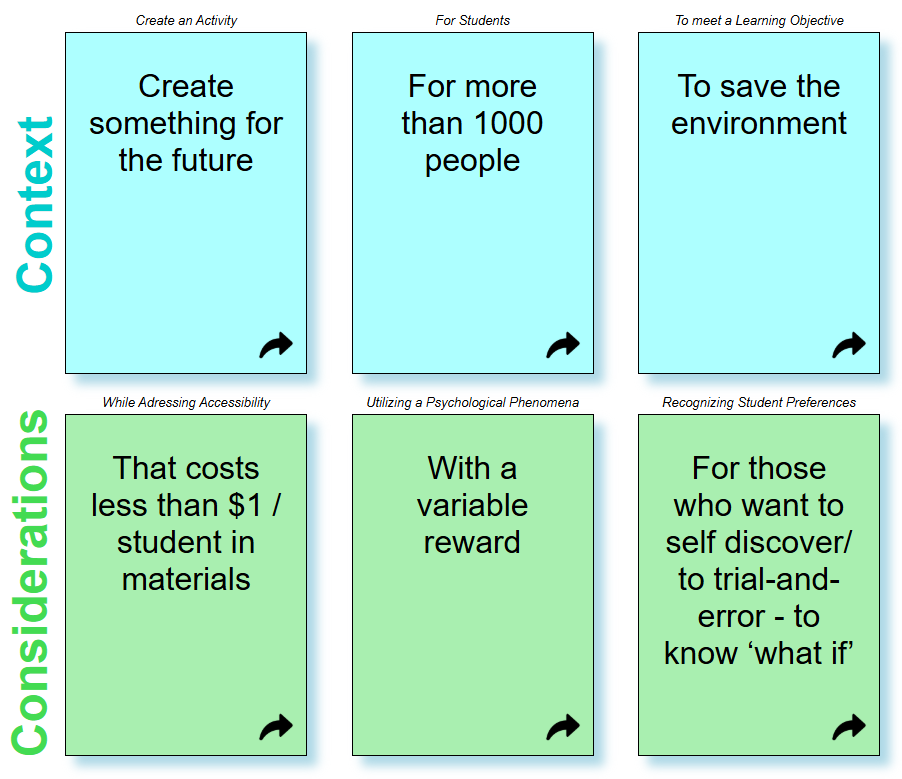
Try it out here. View the supporting documentation here.
Learning
This project deepened my understanding of the complexities inherent in experiential education design and reinforced the value of flexibility and creativity in developing tools for educators. Through the process, I recognized the importance of iterative exploration and the need to embrace uncertainty and abstraction in the design process. The shift from a rigid framework to a dynamic, user-driven tool taught me the importance of meeting designers where they are and equipping them with resources that enhance their own expertise and vision.
Application
Experience Wildcards provides a blueprint for approaching complex design challenges, whether in education or other creative fields. Its success demonstrates how flexibility and adaptability can foster innovation and engagement. This project’s methodology and outcomes serve as a model for integrating creativity, research, and practicality into the development of tools that inspire and empower others.
Footnotes
- Master of Educational Technology. University of British Columbia. https://met.ubc.ca/
- ETEC 580: Directed Study / Problems in Education. Master of Educational Technology. https://met.ubc.ca/courses/etec-580/
- Marshall, K. & Loydell, R. (2016). Control and surrender: Eno remixed – collaboration and Oblique Strategies. In S. Albiez & D. Pattie. Brian Eno: Oblique Music (pp. 175-192). London: Bloomsbury Academic. Bloomsbury Collections. http://dx.doi.org/10.5040/9781501325007.ch-009
- Ruten, M. (2012). Oblique Strategies app. https://obliquestrategies.ca/
- Michalko, M. (2006). Thinkpak. Ten Speed Press. https://www.penguinrandomhouse.ca/books/198258/thinkpak-by-michael-michalko/9781580087728
- Whitehouse, B.S. (2021). Kickstart Creativity. Clarkson Potter. https://www.bonniesmithwhitehouse.com/kickstart-creativity
- Sonin, J. Knemeyer, D., & Kaiser, S. (2012). Design Axioms. Involution Studios. https://web.archive.org/web/20240819072744/https://www.designaxioms.com/
- Roos, D. (2020) Don’t/Do This Game. BIS Publishers. https://todont.co/
- Bates, A. W. (2019). Students – Teaching in a Digital Age. Retrieved from Open Text BC: https://opentextbc.ca/teachinginadigitalage/chapter/9-2-the-sections-model/
- McCarthy, B., Germain, C., & Lippitt, L. (2002). The 4MAT research guide, about Learning, Incoroporated, Wauconda, Illinois.
- Willis, T. (2019). Exhibit Development: The Art of Storytelling in Exhibitions. B.C. Museums Association. Retrieved from: https://museum.bc.ca/wp-content/uploads/2020/11/Exhibit-Dev-Tool-The-Art-of-Storytelling-120.pdf
- British Columbia Ministry of Education. (2022a). Arts Education 5. Retrieved from https://curriculum.gov.bc.ca/curriculum/arts-education/5/core
- Dumont, H., Istance, D., Benavides, F., & Groff, J. (2010). The Nature of Learning: Using Research to Inspire Practice. Centre for Educational Research and Innovation.
